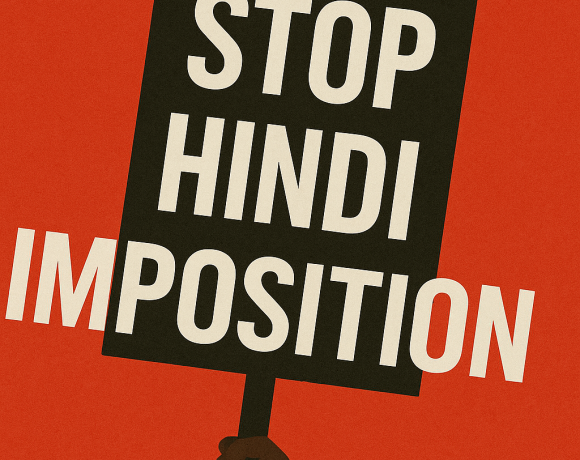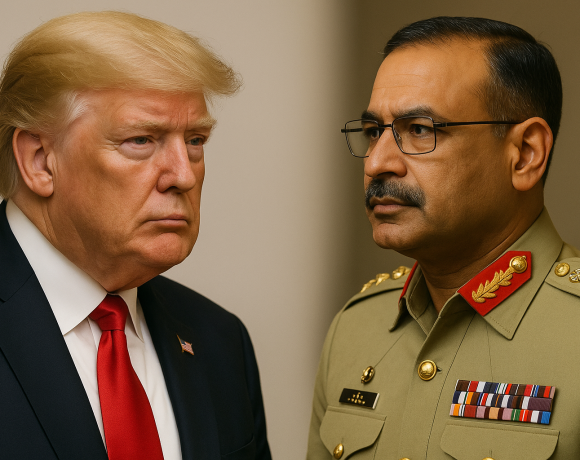
Bollywood’s Struggle with Innovation: How Hollywood Won India’s Theatres in 2025
In 2025, Indian movie theaters welcomed audiences back after the disruptions of the pandemic. However, the excitement seems to have shifted. While Hollywood blockbusters like F1, Jurassic World: Rebirth, and Superman filled seats and sparked conversation, many Bollywood releases failed to make a similar impact. This growing gap reveals a critical issue: Bollywood’s reluctance to innovate and its reliance on tired formulas are costing it the loyalty of its audience.
Box office numbers tell a striking story. Hollywood films earned approximately ₹425 crore net in India, driven by strong original scripts and fresh franchises. Meanwhile, Bollywood, despite remaining dominant in the number of releases, saw much of its audience turn to Hollywood for more exciting cinematic experiences. The huge success of Hollywood movies that dared to offer something new highlights a changing preference among Indians, especially younger, urban viewers eager for bold storytelling.
Bollywood movies have long thrived on predictable plots—romantic dramas, remakes, sequels, and recycled clichés that once worked but now feel stale. Recent local releases have struggled at the box office, often criticized for a lack of creativity or failing to resonate with today’s viewers. Audiences have grown tired of familiar narratives that don’t challenge or surprise them. This complacency suggests an industry hesitant to take risks and innovate.
In contrast, Hollywood studios have invested heavily in original ideas, genre experimentation, and world-building through new and established franchises. Films like F1 provided gripping, sophisticated storytelling, while Jurassic World and Superman delivered large-scale spectacle combined with fresh takes on familiar characters. These movies have created “event cinema” that audiences find irresistible — a sharp reminder of how originality can draw crowds back to theaters.
The consequences for Bollywood are significant. If it continues to rely on outdated scripts and shuns bold new voices, the industry risks further audience erosion, loss of cultural influence, and stagnation. Industry experts have voiced concerns about the need for fresh ideas and creativity to reignite passion among moviegoers who now have more entertainment options than ever before.
For Bollywood to reclaim its audience, change is essential. Filmmakers must invest in original storytelling and emerging talent to bring fresh perspectives to the screen. Embracing creative risks and experimenting with new themes and genres can broaden appeal. Most importantly, Bollywood needs to listen closely to evolving audience tastes and adapt swiftly to remain relevant.
In conclusion, Bollywood’s failure to innovate has allowed Hollywood to win back Indian moviegoers with powerful stories and spectacular films. The message is clear: originality and creative courage matter more than ever. Bollywood has the talent and resources to bounce back, but it must embrace change urgently — or risk losing its place in Indian theaters for good. The future of Indian cinema depends on it.


















